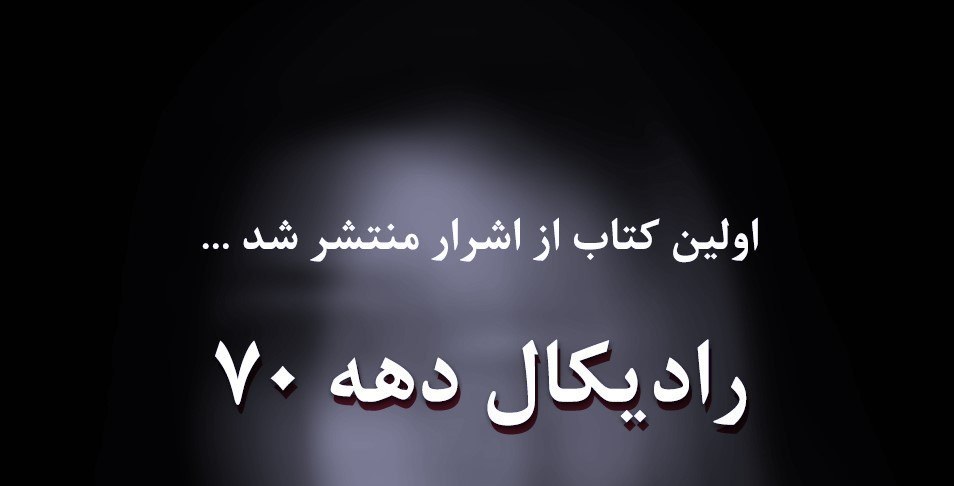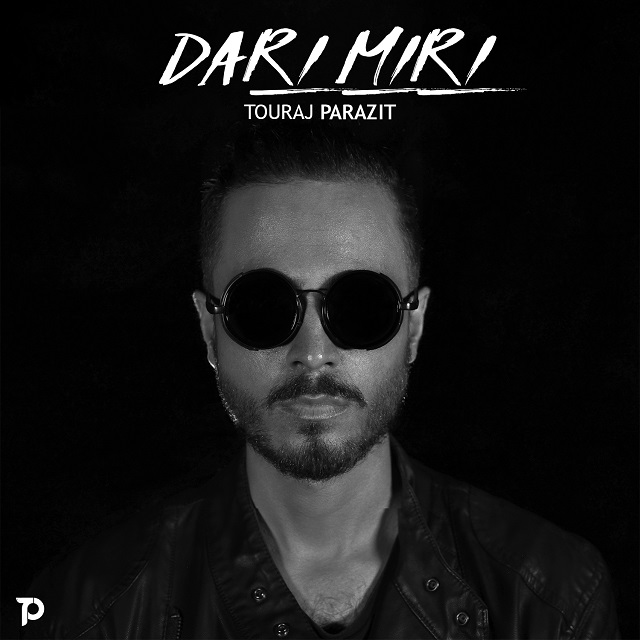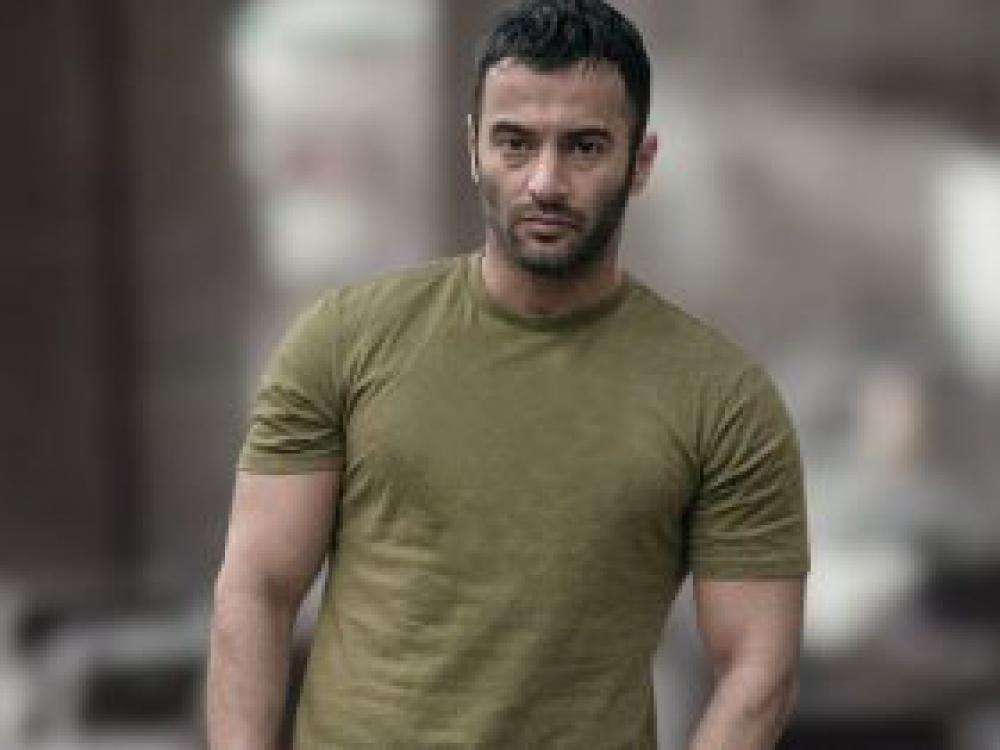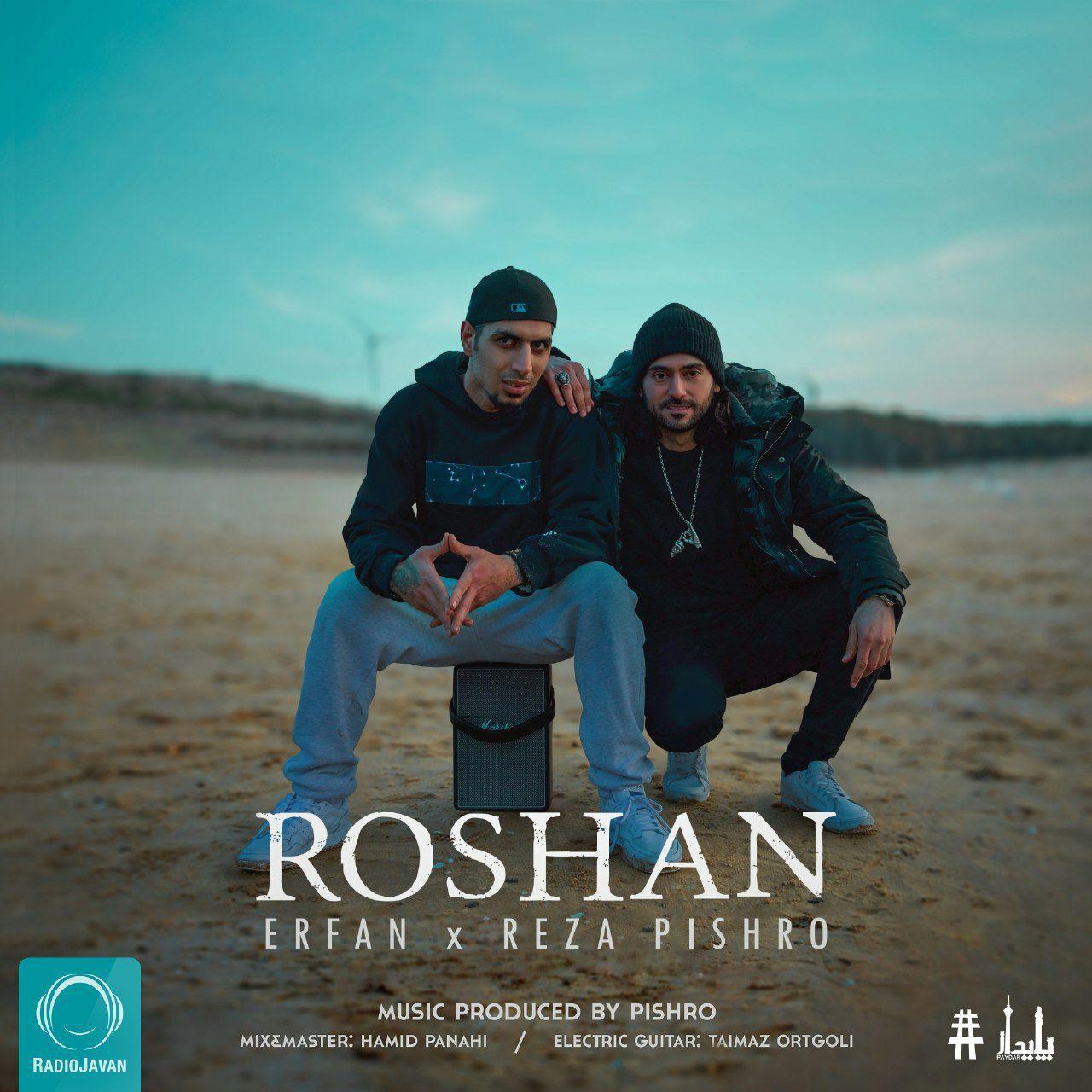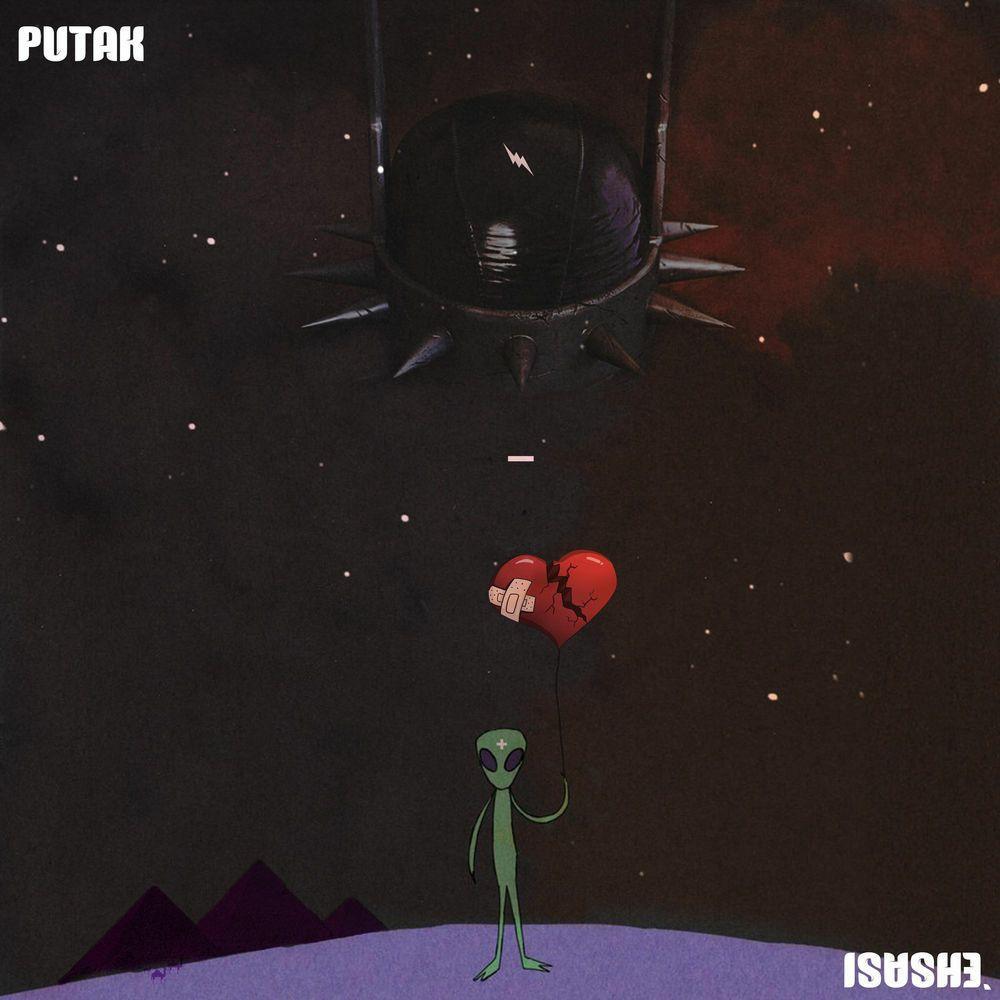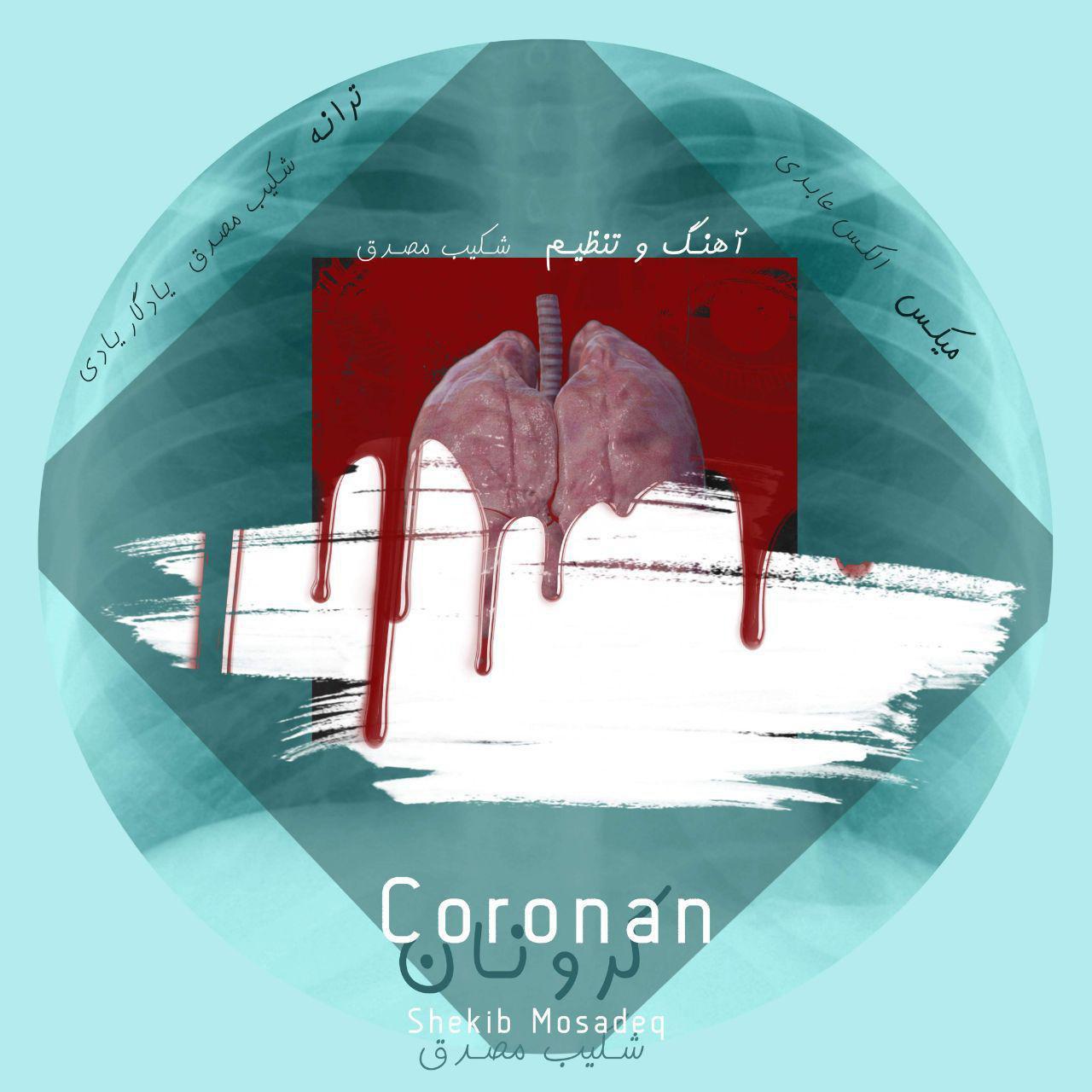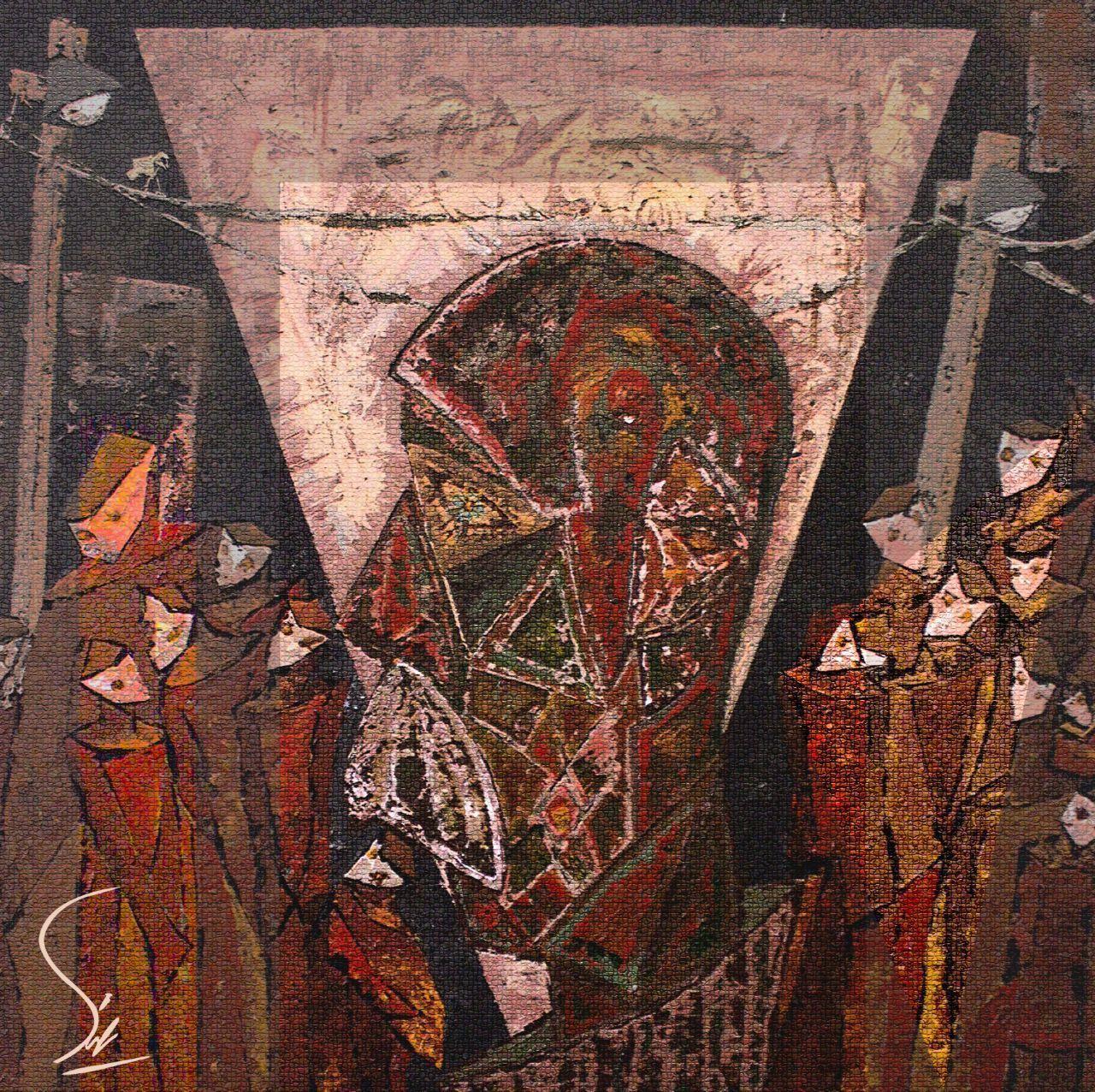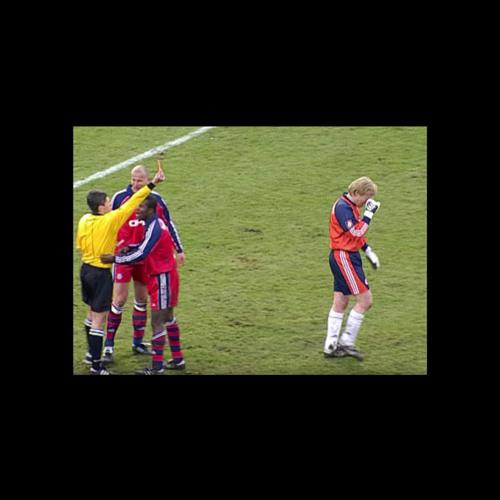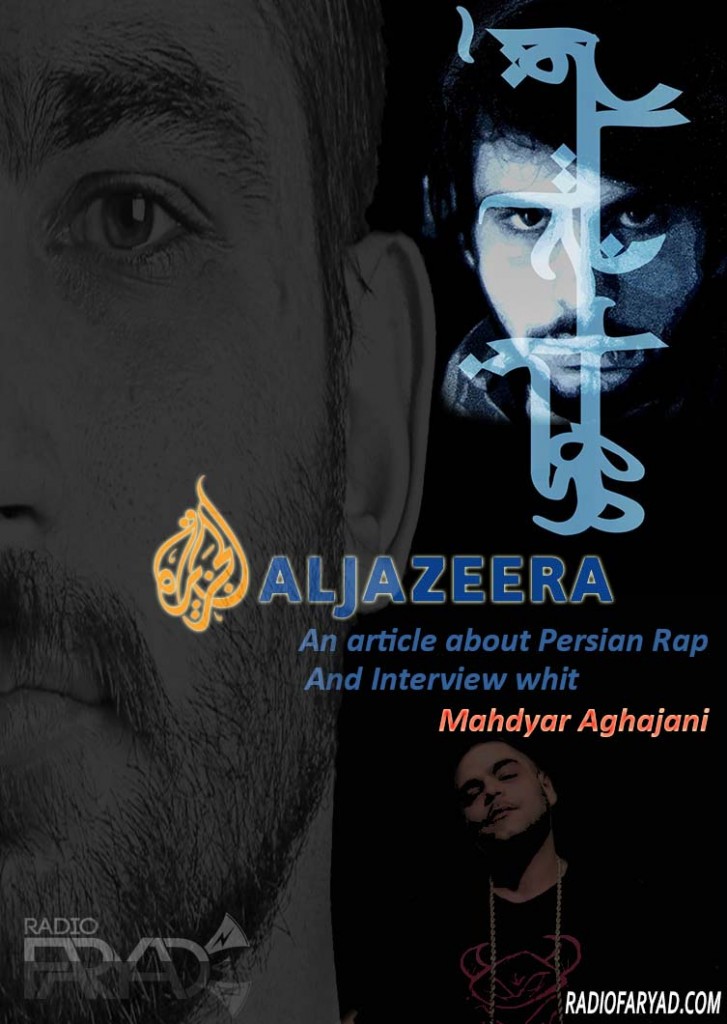
aljazeera interview with Mahdyar Aghajani
11 سال پیش
5K بازدید
aljazeera interview with Mahdyar Aghajani
An article about Persian Rap
رپ در ایران دست در دست با جنب و جوش موسیقی زیرزمینی کشور ظهور کرد. در ایران موسیقیدانها و خواننده ها پس از ارزیابی اثر هنریشون توسط وزارت فرهنگ و ارشاد اسلامی و تطبیق آن با موازین جمهوری اسلامی ملزم به اخذ مجوز هستند اما بسیاری از خوانندگان به جای چانه زنی بی مورد کارهای خود را در خانه و یا استودیو های خصوصی ضبط میکنند و به صورت مستقیم به روی اینترنت میگذارند. تا قبل از ظهور موسیقی زیرزمینی، صنعت موسیقی بعد از انقلاب با کارهای خواننده های خارج از کشور اشباع شده بود که بسیاری از جوانان میگویند دیگر نمی توانستند با آن ها رابطه برقرار کنند.رپ با ارائه یک فضای مورد نیاز برای بیان در میان جوانان این کشور را به محبوبیت رسید. مهدیار آقاجانی موسیقیدان و تولید کننده در رپ فارسی به الجزیره میگه: "در نهایت سبکی از موسیقی به وجود آمد که به طور مستقیم با مردم با زبان محاوره ای خودشان در مورد مسائل خصوصی و دولتی و بدون در نظر گرفتن قوانین دولت و یا قوانین اجتماعی صحبت میکرد و این یک صدای بی سابقه بود" در ماه مه سال جاری، برخی از قوانین ایران درباره تولید موسیقی و فیلم پس از دستگیری رقصنده های ایرانی که با موزیک ویدئو معروف "هپی" در رابطه بودند آشکار شد. همانطور که اکثر کارهای رپ را نمی توان از نظر قانونی در ایران تولید کرد، خواننده های رپ نیز خطر جریمه و حتی زندان را به جان می خرند. در سال 2006، سروش هیچکس پس از انتشار اولین آلبوم خود به نام جنگل آسفالت دستگیر شد و به جرم پخش موسیقی بدون مجوز متهم شد. او بعدا آزاد شد، اما با مشکلات زیادی با مقامات محلی مواجه شد و در حال حاضر در خارج از ایران ساکن است. با وجود همه این چالش ها، در اواسط سال 2000 میلادی، رپ ایران به جریان اصلی موسیقی وارد شده و با کمک فن آوری در سراسر ایران پخش شد. مهرک گلستان معروف به "reveal poison" خواننده هیپ هاپ و محقق در عرصه موسیقی شناسی قومی متولد تهران است که در شهر لندن زندگی میکند. طبق گفته او: "سرعت اینترنت بالاتر، رسانه های اجتماعی و وبسايت های اشتراک گذاری موسیقی او را قادر به رسیدن به یک شخصیت بین المللی کرد." در سخنرانی TEDx، گلستان گفت که هیپ هاپ ایران تبدیل به یک "جامعه فرا ملی" شده که در آن هنرمندان ایرانی از داخل و خارج ایران با هم در ارتباط هستند و توانایی گریز از سانسور دولت را هم دارند. او اضافه کرد: "تمام ای گفتوگو در جایی در حال وقوع است که توسط کسی هدایت نمیشود." نفیسی، استاد رادیو و تلویزیون، فیلم و ارتباطات در دانشگاه نورث وسترن در ایالات متحده به الجزیره گفت: "در حالی که جنبش رپ از غرب آمده، ایرانیان آن را کردند و متناسب با ذاعقه خود شکل دادند. ایرانی ها همواره در تقاطع بین شرق و غرب بوده اند و در جذب و تطبیق فرهنگ ها بسیار موفق هستند". او توضیح داد که ظهور رپ فارسی یک اتفاق مجزا و جداگانه نیست بلکه بخشی از یک روند کلی در موسیقی، فیلم و رسانه است که در فضای سیاسی تحت ریاست رئیس جمهوری سابق ایران محمد خاتمى، که از سال 1997 تا سال 2005 بر سر قدرت بود منعکس شده بود. نفیسی در ادامه گفت: "در زمان خاتمى، فضای فرهنگی در ایران در همه زمینه ها باز تر شد؛ چه فیلم، رسانه ها، موسیقی یا مد وتحمل عمومی برای این چیزها به طور قابل توجهی افزایش یافت." نفیسی، همچنین نویسنده تاریخ اجتماعی سینمای ایران، گفت که: "در روزهای اولیه رپ در ایران، هنرمندان برای ارائه محصولات خود با دشواری روبرو بودنو اما از طریق اینترنت توانستند راحت تر کارهای خود را پخش کنند."
کاری از وبسایت رادیو فریاد
مترجم: Amir Farhoud
کپی برداری فقط با ذکر منبع مجاز می باشد.
Iranian rap emerged hand-in-hand with the country's vibrant underground music scene. For musicians in Iran to legally produce and perform music, they are required to obtain official approval from the Ministry of Culture and Guidance after an evaluation of the music against the values of the Islamic Republic.
But rather than negotiate the rigmarole of the approval system, many musicians bypass it altogether by recording music in their homes or private studios, and uploading it directly to the internet.
| Finally there was music that was talking directly to the people with their own slangs about their private and public issues without considering government laws or social unwritten rules. It was the voice of the unheard. |
Until the underground music scene emerged, the post-revolutionary Iranian music industry was inundated with musicians from the Iranian diaspora who produced music that many young Iranians said they could no longer relate to. Rap rose to popularity by providing a much-needed space for expression among the country's youth.
"Finally there was music that was talking directly to the people with their own slangs about their private and public issues without considering government laws or social unwritten rules. It was the voice of the unheard," Mahdyar Aghajani, a hip-hop producer and composer, told Al Jazeera.
"It was the first time that Iranians, especially the young ones, could relate to something that easily and deeply," Aghajani said.
Aghajani, now also residing outside Iran, said he faced difficulties producing music inside the country after producing albums with Hichkas and other underground artists, and composing soundtracks for foreign films.
In May this year, Iran's laws on the production of music and film were brought to light after the dancers involved in a tribute video of the popular song 'Happy'were arrested.
As the majority of rap cannot be legally produced in Iran, rappers also run the risk of fines and even jail. In 2006, after the release of his first album Jangale Asfalt (Asphalt Jungle), Hichkas was arrested and accused of releasing music without permission. He was later released, but encountered difficulties with local authorities, and is now residing outside of Iran.
Despite these challenges, by the mid-2000s, Iranian rap had entered into the mainstream music scene and spread across the Iranian diaspora with the help of the technology.
Mehrak Golestan, also known as Reveal Poison, is an Iranian-born, London-based hip-hop artist and ethnomusicologist. He said higher internet speed, social media and music sharing websites enabled the scene to take on a truly international character.
In a TEDx presentation, Golestan said that Iranian hip-hop has developed into a "transnational community" where Iranian artists from both inside and outside Iran connect and have the ability to side-step government censors. "This whole dialogue is taking place on a stage that isn't governed by anyone," he said.
Hamid Naficy, a professor of radio-television-film and communications at Northwestern University in the US, said that while the original impetus of rap came from the West, Iranians have adapted it to make it their own. "Iranians, having been at the intersection of East and West, have become very good to adapting and assimilating cultures," Naficy told Al Jazeera.
He explained that the emergence of Iranian rap was not an isolated occurrence, but rather part of a general trend in music, film and media that reflected the political climate under Iran's former President Mohammed Khatami, who was in power from 1997 to 2005. "During Khatami's time, the cultural climate in Iran became more open in all fields, whether film, media, music or fashion. The general tolerance for these sorts of things increased markedly," Naficy said.
Naficy, also the author of A Social History of Iranian Cinema, said that in the early days of Iranian rap, "the musicians had a hard time to circulate their products. But because of internet, they were able to distribute their music more easily".

